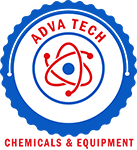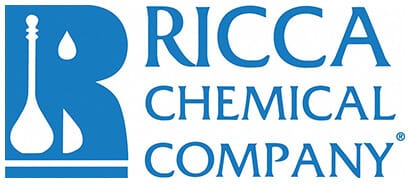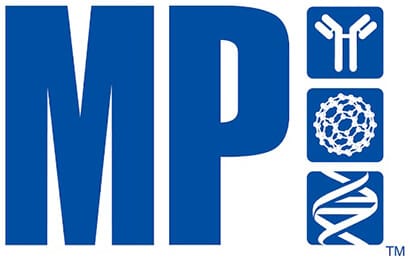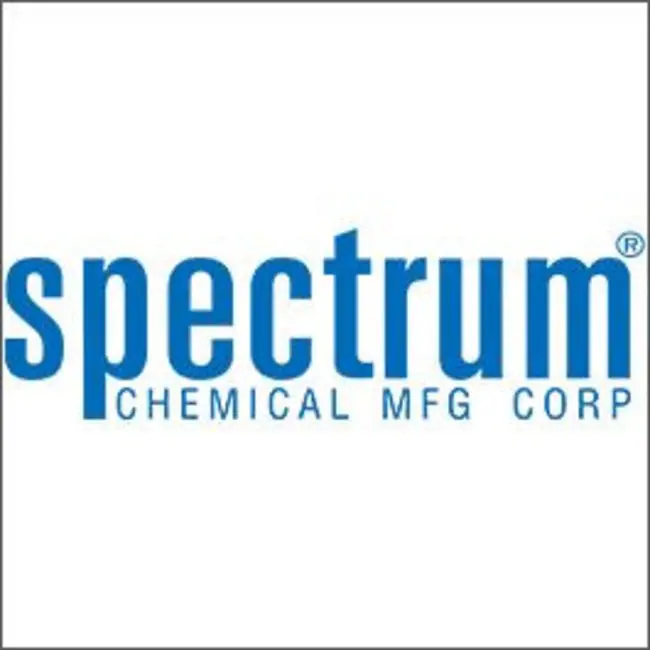5 g
Showing 501–550 of 586 results
-

Sodium caprate
$43.45 Add to cart View Product DetailsSodium Caprate
-
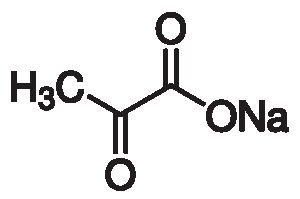
Sodium pyruvate
$29.01 Add to cart View Product DetailsSodium Pyruvate
-

SODIUM TEREPHTHALATE
$49.92 Add to cart View Product DetailsSODIUM TEREPHTHALATE
-

Spectinomycin sulfate, ≥98%
$109.40 Add to cart View Product DetailsSpectinomycin Sulfate
-

Spectinomycin, dihydrochloride pentahydrate
$75.77 Add to cart View Product DetailsSpectinomycin Dihydrochloride Pentahydrate
-
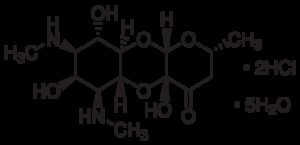
Spectinomycin, dihydrochloride pentahydrate, PhytoPure
$89.77 Add to cart View Product DetailsCAS Number: 22189-32-8
-

Spermidine Free Base
$130.95 Add to cart View Product DetailsSpermidine
-

Spermidine, trihydrochloride
$103.97 Add to cart View Product DetailsSpermidine, Trihydrochloride
-

Spermine
$267.13 Add to cart View Product DetailsSpermine is a polyamine involved in cellular metabolism found in all eukaryotic cells. Formed from spermidine through the addition of aminopropyl group to spermidine by spermine synthase. It is found as a polycation at physiological pH.
-
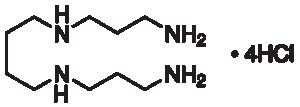
Spermine, tetrahydrochloride
$244.00 Add to cart View Product DetailsSpermine is a naturally occuring polyamine essential for cell growth in both normal and neoplastic tissue.
-
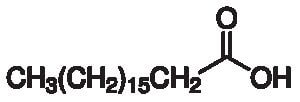
Stearic Acid, free acid
$41.73 Add to cart View Product DetailsStearic Acid
-
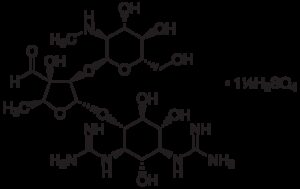
Streptomycin Sulfate
$17.30 Add to cart View Product DetailsStreptomycin Sulfate
-

Streptomycin sulfate, cell culture reagent
$18.02 Add to cart View Product DetailsStreptomycin sulfate, cell culture reagent
-

Streptozotocin
$1,197.81 Add to cart View Product DetailsStreptozotocin
1,041.57 -

Sulfobromophthalein Sodium Salt Hydrate
$287.11 Add to cart View Product DetailsSulfobromophthalein Sodium Salt
-
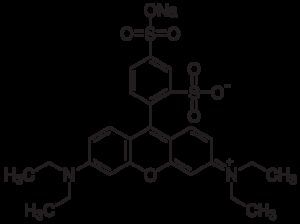
Sulforhodamine B
$87.52 Add to cart View Product DetailsSulforhodamine B
-

SULINDAC
$104.06 Add to cart View Product DetailsSULINDAC
-

Synephrine
$250.38 Add to cart View Product DetailsSynephrine
-

Tamoxifen
$866.56 Add to cart View Product DetailsTamoxifen
-

TEMPO, catalytic oxidant
$61.63 Add to cart View Product DetailsTEMPO, catalytic oxidant
-

TERT-OCTYL MERCAPTAN
$131.96 Add to cart View Product DetailsTERT-OCTYL MERCAPTAN
-

Tetrabutylammonium phosphate
$193.27 Add to cart View Product DetailsTetrabutylammonium Phosphate
-

Tetracycline
$35.96 Add to cart View Product DetailsTetracycline
-
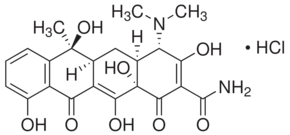
Tetracycline Hydrochloride
$35.62 Add to cart View Product DetailsTetracycline Hydrochloride
-
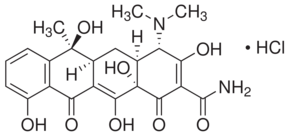
Tetracycline, hydrochloride, cell culture reagent
$38.48 Add to cart View Product DetailsTetracycline Hydrochloride
-

Tetraethylammonium chloride, NeuroPure
$33.12 Add to cart View Product DetailsTetraethylammonium chloride, NeuroPure
-
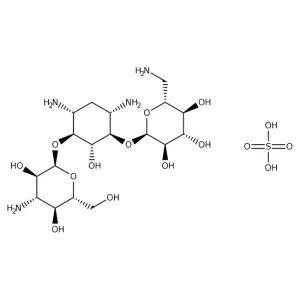
Thermo Scientific ChemicalsKanamycin Sulfate
$140.96 Add to cart View Product DetailsThis Thermo Scientific Chemicals brand product was originally part of the Acros Organics product portfolio. Some documentation and label information may refer to the legacy brand. The original Acros Organics product / item code or SKU reference has not changed as a part of the brand transition to Thermo Scientific Chemicals.
-
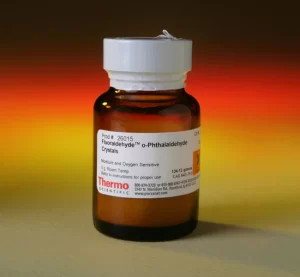
Thermo Scientific™ Fluoraldehyde™ o-Phthaldialdehyde Crystals (OPA)
$598.90 Add to cart View Product DetailsThermo Scientific™ Pierce Fluoraldehyde (OPA) is o-phthalaldehyde, a highly sensitive fluorescent pre- or post-column derivatization reagent for peptide or amino acid detection and quantitation in HPLC.
Fluoraldehyde Crystals are a specially purified, fluorogenic-grade preparation of o-phthalaldehyde (OPA). This amine-reactive compound is primarily used for high-sensitivity, fluorescent detection of primary amines, including amino acids, peptides, proteins and polyamines in pre- or post-column chromatographic effluents.
Highlights:
- For pre- or post-column amino acid derivatization for fluorescent detection and quantitation
- Reacts with all primary amine-containing analytes to yield fluorescent derivatives (ex/em = 340nm/455nm)
- Provides an accurate measure of both composition and absolute protein-peptide content
- Ideal for work with recombinant proteins and synthetic peptides
- Can be used for fluorescent protein or peptide assay
- Can be prepared as a stable aqueous solution in borate (see instructions)
Reagent Properties:
- Can be prepared as a stable aqueous solution in borate (see instructions)
- Alternative names: Fluoraldehyde Crystals, OPA
- Chemical name: ortho-Phthalaldehyde
- Reactive toward: Primary amines (–NH2)
- Chemical formula: C8H6O2
- CAS number: 643-79-8
- Molecular weight: 134.12
- Form: Pale yellow, free-flowing crystals
-
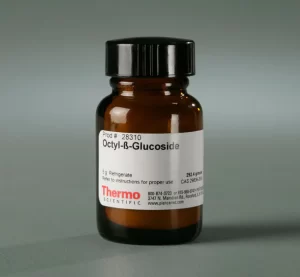
Thermo Scientific™ High-Purity Glucoside Detergents X
$600.30 Add to cart View Product DetailsGlucoside detergents are a class of non-ionic detergents commonly used in biochemical and biophysical research. These detergents are derived from glucose and possess unique properties that make them suitable for various applications. Glucoside detergents are known for their mildness, biocompatibility, and ability to solubilize and stabilize a wide range of biomolecules, including membrane proteins. Glucoside detergents are also compatible with many downstream applications, such as protein purification, crystallization, and structural studies.
Features of glucoside detergents
• Gentle on proteins, minimizing denaturation
• Non-ionic nature—reduces electrostatic interactions
• Low critical micelle concentration (CMC)
• High-purity with low UV absorptivityOverall, glucoside detergents are versatile and can be used in various experimental techniques, including protein purification, crystallization, and structural biology studies. They are compatible with a wide range of biomolecules and can be employed in both membrane and soluble protein research. With their gentle nature and versatile performance, glucoside detergents have become valuable tools in the field of biochemical research.
Octyl-beta-Glucoside
Octyl-beta-Glucoside (OG) is a low molecular weight, non-ionic detergent with an octyl chain attached to the glucose moiety that has been widely used for membrane protein solubilization. OG is generally more soluble in aqueous solutions and forms clear and stable solutions at higher concentrations. OG typically forms larger micelles compared to OTG. The larger micelles of OG can be advantageous for certain applications, such as protein purification or structural studies, as they provide better solubility and reduced interference during downstream processes.Properties of OG
• Alternative names: octyl-beta-glucopyranoside, octyl-beta-D-glucopyranoside
• Molecular weight: 292.37 g
• Micelle molecular weight: 8000 g
• Critical micelle concentration (CMC): 23 to 25 mM (0.6716 to 0.7300%, w/v)
• Aggregation number: 27
• Cloud point: >100°C
• Optically clear: low absorbance at 280 nmOctylthio Glucoside
Octylthio Glucoside (OTG) is a low molecular weight, nonionic detergent that is effective for cell lysis and nondenaturing protein solubilization. It is resistant to beta-D-glucoside glucohydrolase degradation because the thioether group present in OTG provides protection against enzymatic hydrolysis. As a result, OTG can remain stable in the presence of beta-D-glucoside glucohydrolase enzymes, making it useful in applications where enzymatic stability is desired. However, it is important to note that the specific stability of OTG can still be influenced by factors such as enzyme concentration, reaction conditions, and the specific enzymes present.Properties of OTG
• Chemical name: n-octyl-β-D-thioglucopyranoside
• Molecular weight: 44 g
• CMC: 9 mM (0.2772%, w/v)
• Cloud point: >100°C
• Optically clear: low absorbance at 280 nmn-Nonyl-β-D-glucoside
n-Nonyl-β-D-glucoside (NG) has a longer alkyl chain (nonyl) compared to other glucosides. The longer alkyl chain in n-Nonyl-β-D-glucoside can confer higher hydrophobicity and potentially stronger detergent properties. This can enhance the solubilization of hydrophobic biomolecules and improve the extraction of membrane proteins. It may also induce different interactions with lipid bilayers, influencing the stability, fluidity, and permeability of the lipid bilayer, potentially impacting the behavior of membrane proteins. In addition, NG forms larger micelles compared to glucosides with shorter alkyl chains.Properties of NG
• CMC: (H2O) ~ 6.5 mM (0.20%)
• Aggregation number: ~ 133
• Purity: ≥ 99% β+α (by HPLC analysis)
• pH: 5-8 (1% solution in water) -

Thiamphenicol
$149.34 Add to cart View Product DetailsThiamphenicol
-

Thymidine, cell culture reagent, >99%
$150.05 Add to cart View Product DetailsThymidine is a nucleoside composed of deoxyribose (a pentose sugar) joined to the pyrimidine base thymine.Deoxythymidine can be phosphorylated with one, two or three phosphoric acid groups, creating respectively dTMP, dTDP or dTTP (deoxythymidine mono- di- or triphosphate.It exists in solid form as small white crystals or white crystalline powder.The stability of deoxythymidine under standard temperature and pressure (STP) is very high.Thymidine is listed as a chemical teratogen.
-

Thymol blue
$42.79 Add to cart View Product DetailsThymol blue
-

Ticlopidine Hydrochloride
$96.66 Add to cart View Product DetailsTiclopidine Hydrochloride
-

Tolfenamic acid, NeuroPure
$62.74 Add to cart View Product DetailsTolfenamic acid, NeuroPure
-

Trazodone hydrochloride
$129.12 Add to cart View Product DetailsTrazodone hydrochloride
-
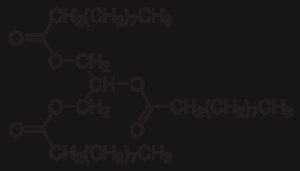
Tricaprin
$402.74 Add to cart View Product DetailsTricaprin
-

TRIFLUOPERAZINE
$75.30 Add to cart View Product DetailsTRIFLUOPERAZINE
-

Trilaurin
$137.99 Add to cart View Product DetailsTrilaurin
-

Trimebutine, NeuroPure
$113.14 Add to cart View Product DetailsTrimebutine, NeuroPure
-

Trimethoprim
$102.97 Add to cart View Product DetailsTrimethoprim
-

Triolein
$102.66 Add to cart View Product DetailsTriolein
-

Tris (2-carboxyethyl) phosphine Hydrochloride
$195.05 Add to cart View Product DetailsTris (2-carboxyethyl) phosphine Hydrochloride
-

Tristearin, technical
$203.01 Add to cart View Product DetailsTristearin, technical
-

Trypan Blue
$16.99 Add to cart View Product DetailsTrypan Blue
-

Trypsin 1-250, virus free
$148.27 Add to cart View Product DetailsTrypsin 1-250, virus free
-

Trypsin Inhibitor
$1,067.87 Add to cart View Product DetailsTrypsin Inhibitor
-

Trypsin Inhibitor
$2,232.25 Add to cart View Product DetailsTrypsin Inhibitor
1,941.09 -

Tylosin tartrate salt
$176.17 Add to cart View Product DetailsTylosin Tartrate Salt
-

Tyramine, NeuroPure
$48.37 Add to cart View Product DetailsTyramine, NeuroPure
-

Uridine
$61.24 Add to cart View Product DetailsUridine is one of the four basic components of ribonucleic acid (RNA); the other three are adenosine, guanosine, and cytidine. Upon digestion of foods containing RNA, uridine is released from RNA and is absorbed intact in the gut. Uridine plays a role in the glycolysis pathway of galactose.
